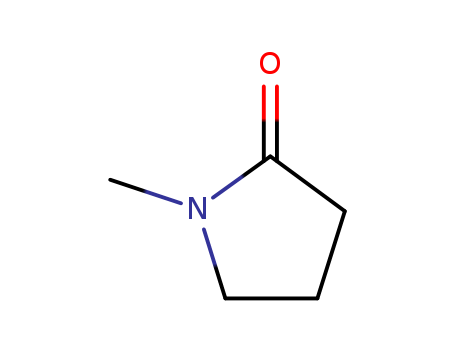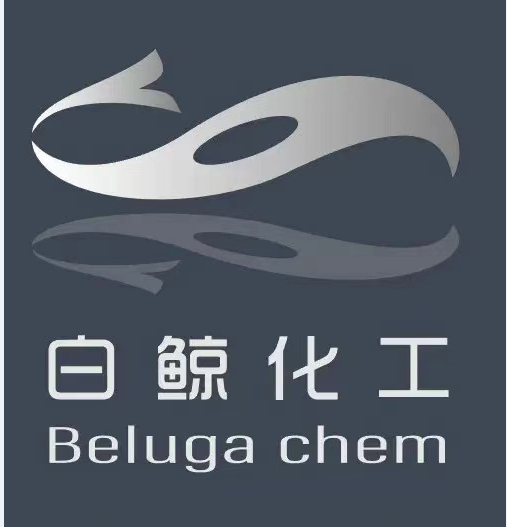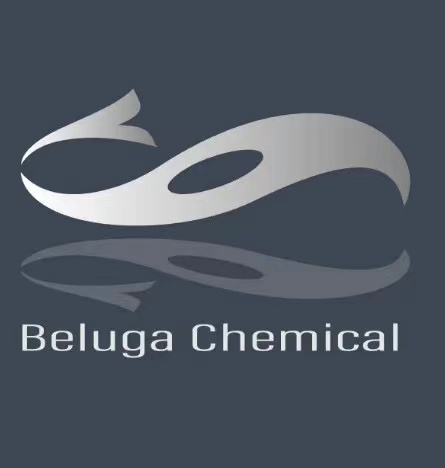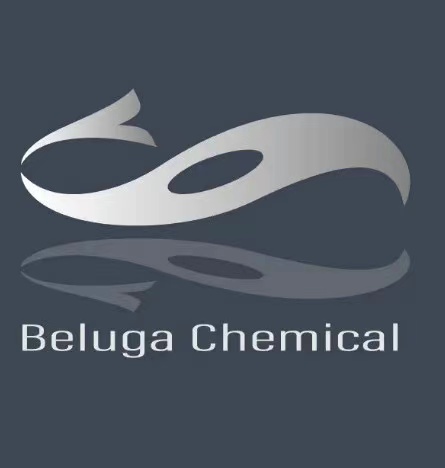
Product Details
|
872-50-4 Name |
|
|
Name |
N-methyl pyrrolidone |
|
Synonym |
M-PYROL(R);1-Methyl-2-pyrrolidinone( 99.5%, HyDry, Water≤50 ppm (by K.F.));1-Methyl-2-pyrrolidinone( 99.5%, HyDry, with molecular sieves, Water≤50 ppm (by K.F.));N-Methyl-2-pyrrolidone Manufacturer;1-METHYL-2-PYRROLIDONE, REAGENT (ACS)1-METHYL-2-PYRROLIDONE, REAGENT (ACS)1-METHYL-2-PYRROLIDONE, REAGENT (ACS);1-Methyl-2-pyrrolidinone 872-50-4 NMP N-Methyl-2-pyrrolidinone;N-Methyl-2-pyrrolidinone 872-50-4 NMP;1-METHYL-2-PYRROLIDINONE;N-Methylpyrrolidone NMP |
|
872-50-4 Biological Activity |
|
|
Description |
N-Methylpyrrolidone (1-Methyl-2-pyrrolidinone), a five-membered cyclic amide, is an organic polar solvent. N-Methylpyrrolidone is extensively used in the manufacture of adhesives, paints, fuels, and pharmaceuticals[1][2]. |
|
Related Catalog |
Research Areas >> Others Signaling Pathways >> Others >> Others |
|
References |
[1]. Jing Wang, et al. Nitrate stimulation of N-Methylpyrrolidone biodegradation by Paracoccus pantotrophus: Metabolite mechanism and Genomic characterization. Bioresour Technol. 2019 Dec;294:122185. [2]. Claudia Julieta Solís-González, et al. Novel Metabolic Pathway for N-Methylpyrrolidone Degradation in Alicycliphilus sp. Strain BQ1. Appl Environ Microbiol. 2017 Dec 15;84(1):e02136-17. |
|
872-50-4 Chemical & Physical Properties |
|
|
Melting point |
−24 °C(lit.) |
|
Boiling point |
202.0±0.0 °C at 760 mmHg |
|
Density |
1.0±0.1 g/cm3 |
|
Molecular Formula |
C5H9NO |
|
Molecular Weight |
99.131 |
|
Flash Point |
86.1±0.0 °C |
|
PSA |
20.31000 |
|
LogP |
-0.40 |
|
Exact Mass |
99.068413 |
|
Vapour density |
3.4 (vs air) |
|
Vapour Pressure |
0.3±0.4 mmHg at 25°C |
|
Index of Refraction |
1.470 |
|
Stability |
Stable, but decomposes upon exposure to light. Combustible. Incompatible with strong oxidizing agents, strong acids, reducing agents, bases. |
|
Water Solubility |
>=10 g/100 mL at 20 ºC |
|
872-50-4 Description |
|
N-Methyl-2-pyrrolidone is an aprotic solvent with a wide range of applications: petrochemical processing, surface coating, dyes and pigments, industrial and domestic cleaning compounds, and agricultural and pharmaceutical formulations. It is mainly an irritant, but has also caused several cases of contact dermatitis in a small electrotechnical company. |
|
872-50-4 Uses |
|








